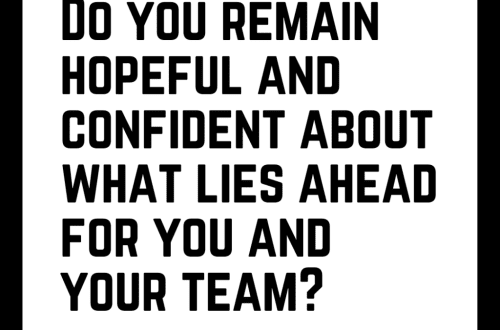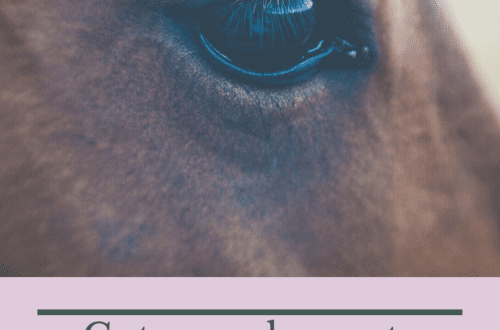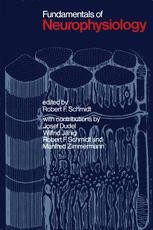
Mmezi nke ọdịda ọdịda. Ihe ndabere nke neurophysiology iji nyere ndị nkuzi na ndị na-agba ịnyịnya aka.
The central nervous system is responsible for the movement and posture of a person. This is an indisputable fact in neurophysiology. But a common misconception among riders and athletic trainers is that muscles are responsible for all movement. It is important to understand that the muscles do nothing without the commands of the brain: they do not tense up, they do not relax.
Muscle control goes in two ways: the first, ancient – unconscious or automatic, the second – conscious or volitional. The first is the ancient structures of the brain – the subcortex, it stores innate and acquired reflexes, the second – the cortex, the young part of the brain, it contains intellect, learning, will. Most of the actions in life are performed without thinking, that is, automatically. The power of automatism is great, it always helps a person to survive in extreme conditions: avoid danger, find food… Even when you brush off a mosquito, that same automatism turns on without requiring your attention, will and awareness. But when you need to hunt for a mosquito, catch it, the cerebral cortex turns on and helps you find the best solution.

The central nervous system carries out the genetic program of a person’s upright posture, maintaining balance and balance, forming posture. This is the functioning of the automatic structures of the brain. What will be the posture depends on many circumstances: living conditions, profession, sports activities, diseases, breathing patterns, etc. Due to the current lifestyle, which is dominated by offices, cars, computers and stress, pathological elements of posture flourish: stoop, shoulder blades, wings, the neck of a vulture, a tucked-in sacrum, a arched lower back, an inactive pelvis, constrained hip joints, deformed feet, and more. Now even teenagers do not have freedom of movement and there are already complaints of pain.

Now imagine that such a person gets on a horse.
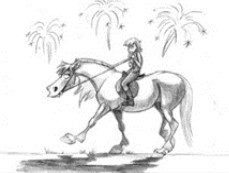
The natural reaction to a greater or lesser extent in anyone is alertness and tension. The feeling of insecurity does not allow you to relax, no matter how the coach advises, and all the shortcomings of posture increase many times over. Therefore, the beginner’s hands jump up, the heel crawls up, the head goes into the shoulders. He does not get into the rhythm of the horse, pulls her by the mouth, clings to her knees and kicks her with dangling legs. The rider shakes, causing pain. This is the face of fear. The automatism of the nervous system works, trying to protect a person from danger.

When the desire to learn how to ride a horse is stronger than discomfort, then the student, of course, tries in every possible way to fulfill the coach’s commands. For example, if he slouches, he tries to straighten his shoulders with an effort of will. But, unfortunately, the more diligently the rider pulls the shoulders back, the more violently the muscles that twist them forward resist. In conditions of danger, instability, automatism is stronger than will. Conscious impulses from the cortex come into violent conflict with impulses from the subcortical structures, and the scapula and shoulders get stuck with a stake. The rider stiffens and ceases to be able to perceive the instructions of the trainer. The situation is similar to that, as if locomotives were attached to the car from different sides and at the same time began to drag it in different directions. But that would never be allowed on the railroad, would it? And in sports, they often fight with their own body. Apparently we are very accustomed to work through force. Only in riding is there a quivering and sensitive observer – a horse, to which tension and restriction of movement are transmitted. This makes horse riding unique as a sport.
So, if you want to correct the stoop of the rider, then it is wiser to first “unhook the locomotive” of the pectoral and trapezius muscles. But it’s easy to say, but how to do it? The solution was proposed many years ago by Moshe Feldenkrais. A mathematician, physicist, master of martial arts, at first intuitively understood the senselessness of forcing to correct posture, and later neurophysiologists confirmed the brilliant find.
Feldenkrais developed the Self-Study Lessons and the Functional Integration of the Motor System methodology performed by the Feldenkrais Methodist. Both options are very different from conventional massage and gymnastics. This is a special, smart practice. In the Movement Lessons, the movements are performed lying down, with small amplitude and speed, exploring all the details and looking for the possibilities of the body. They are very effective, but the impact of Functional Integration is an order of magnitude more powerful. In a Functional Integration session, the Feldenkrais practitioner/trainer identifies the current “locomotives”, “unhooks” them with delicate techniques, and then expands the range of motion. The session is carried out in comfortable conditions to the smallest detail: without undressing a person, in warmth, lying on a spacious couch or floor. This minimizes automatic habitual reflexes, and the nervous system is included in the perception. The state of the student at this moment is outwardly passive, but the cortex of his brain is actively learning to switch “locomotives”, remembers a new picture and transmits information to the subcortex. Experience shows that many adults discover body relaxation and previously unknown freedom of movement only in such a session. These are childhood memories.
Of course, lightness and freedom do not pass into an upright posture, walking and riding at once. We teach the cortex, she teaches the subcortex – this takes time. Someone always learns faster, someone slower, no matter what it is, mathematics, languages or music. But having a desire and consistency, everyone can master the skills, at least at an average level.
Horse riding is no exception. The fear, insecurity and muscle tension experienced by beginners are stored in the memory and prevent the future rider from having an independent seat and a good feel for the horse. It is important to train children and adults in a safe environment on reliable horses. Deficiencies in posture, which are detected while standing and walking, are aggravated on a horse and therefore are so difficult to correct at the time of training. They must be eliminated under conditions when the brain can change its signals, that is, lying at rest, because you can only negotiate with the body, not force it.
I repeat that in the Feldenkrais method, Functional Integration is much more effective than the Lessons, but if there is no way to get into practice, then you need to turn to the lessons. There are a lot of their audio recordings on the Internet. The result is very interesting if you sit in the saddle soon after the session or lesson. Even beginners, who are intimidated by any movement of the horse, calm down and relax. They get the feeling of a horse, they say: Oooh, I must have been born in the saddle! Professional riders note a decrease in pain in the lower back, neck, shoulders, and hip joints. Their horses move more freely, which means they can also tell us something good))
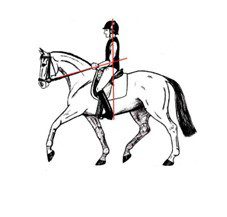
Mmepụta.For competent riding training, it is important to know and respect the laws of the central nervous system. Correcting deficiencies in posture and movement of a person at the time of training is an intense and long process, moreover, it often leads to stiffness of the rider and horse.
An alternative and additional, correct version of the impact is reprogramming the control of the muscles in the brain using the Feldenkrais bodily practice. Then the rider will enjoy his work, improve results in sports and maintain health.
 ụdị nke 18 February 2019 obodo
ụdị nke 18 February 2019 obodoThanks for the material) Reply
- chaika4131 19 February 2019 obodo
Good day! I am very glad that this information was useful to you. Thank you. Answer


